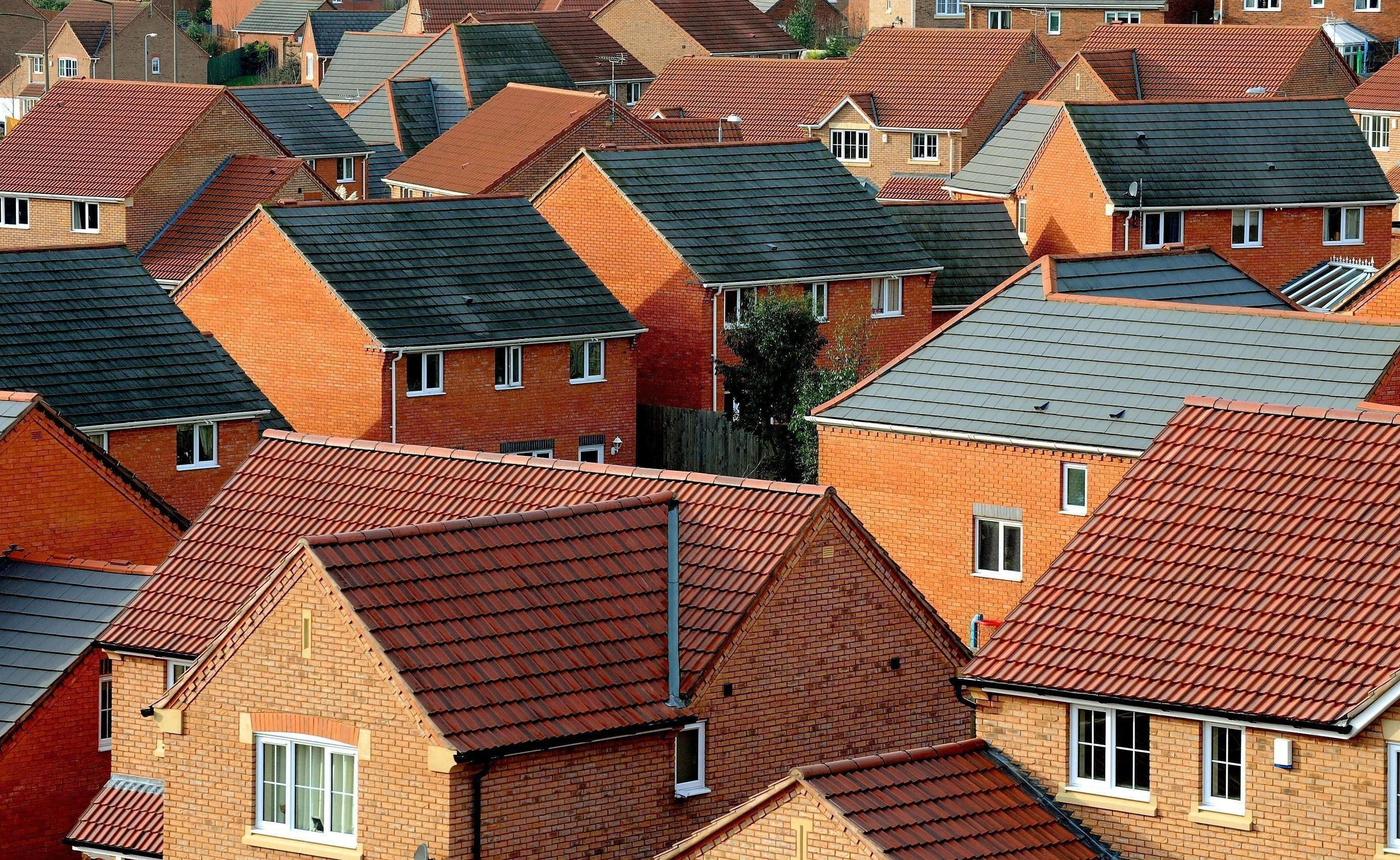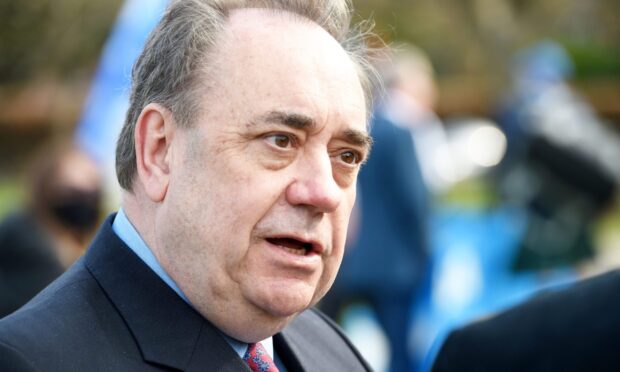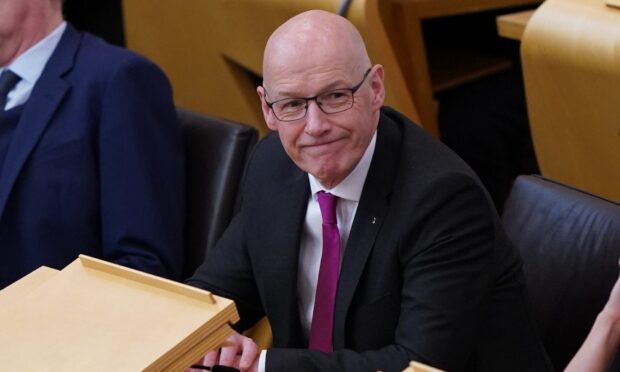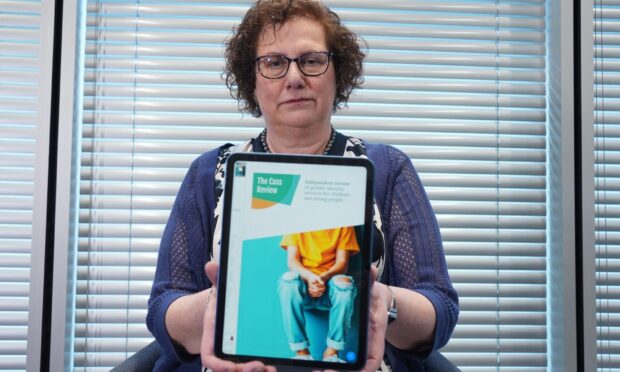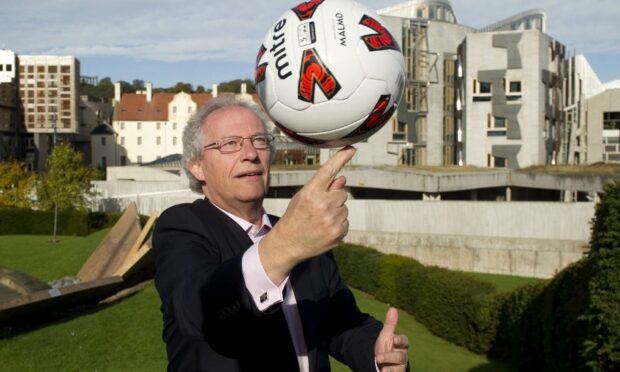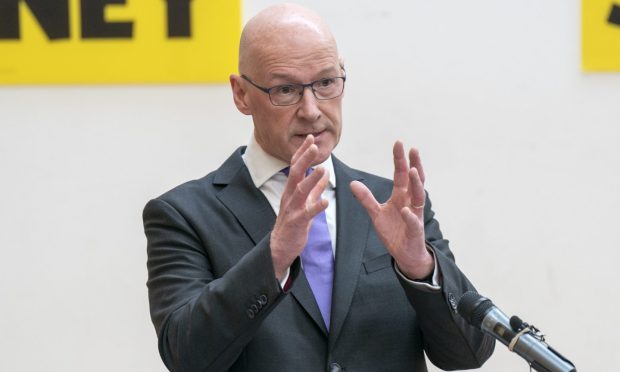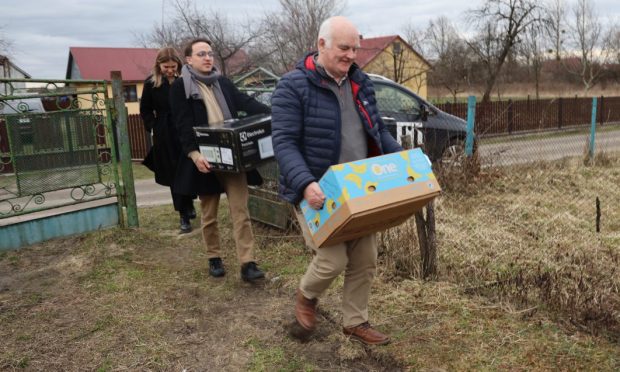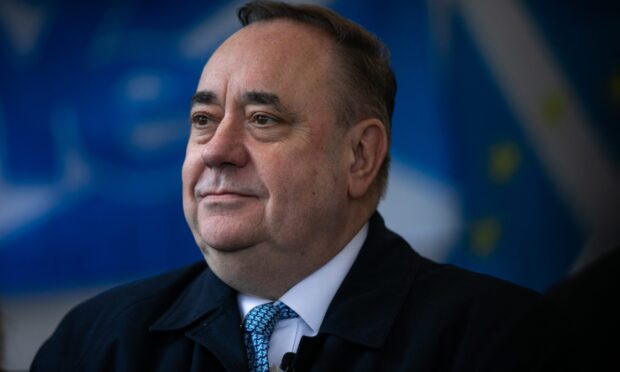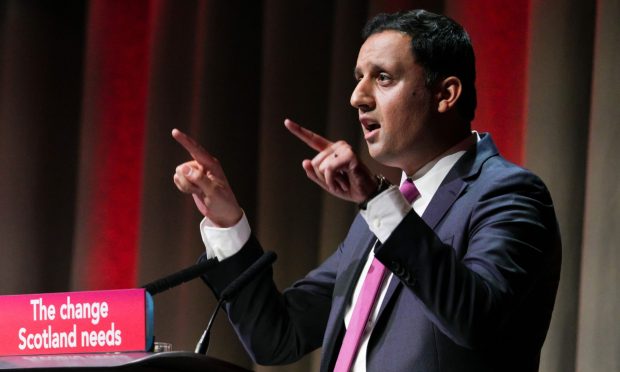The SNP has missed a manifesto target to build more than 6,000 new socially-rented houses a year, official figures show.
The Scottish Government was elected in May 2011 on a manifesto which included an “aim to build over 6,000 new socially-rented houses each year”.
Social-sector builders came close in the first year at 5,890 but annual completions were around the 4,000 mark thereafter and fell to 3,458 by 2015/16, Scottish Government housing statistics show.
The SNP manifesto would have seen the construction of 30,000 socially-rented houses but shortly after the election the Scottish Government moderated its ambition and pledged “30,000 affordable homes in the next five years, with at least two-thirds designated for social rent”.
The new figures show 33,490 affordable houses were completed, with 22,523 for social rent by 2015/16 – meeting the more conservative post-election pledge but missing the pre-election SNP target.
Housing minister Kevin Stewart said the figures show the government have “more than achieved our targets” but the Liberal Democrats highlighted the missed manifesto target.
Mr Stewart said: “Exceeding the ambitious 30,000 target is no mean feat in a challenging financial environment.
“Our investment of more than £1.7 billion, as well as the re-introduction of council-house building, has meant high-quality, energy-efficient, affordable homes have been built the length and breadth of the country.
“We are building at a rate faster than anywhere else in the UK, and in fact since 2007 we have built over 41,000 more homes than would have been built at England’s lower per-capita rate. That’s the equivalent of a new town the size of Paisley.”
Lib Dem MSP Alex Cole-Hamilton said: “In 2011 SNP promised 30,000 new socially-rented homes.
“After they won power, they lowered the target to 20,000. No amount of boastful press releases will help families into homes.
“The Scottish Government needs to be more focused on new rented homes.”
The latest figures also show the public sector boosted housebuilding to a slight rise last year, compensating for a fall in private sector completions.
Total new-build starts and completions were both up slightly (3%) to 17,231 and 15,954 respectively for 2015, according to combined social and private figures which lag three months behind the public-sector statistics.
Private housebuilding, which still accounts for about three-quarters of construction, was roughly static (-0.2%) at 12,896 starts while completions were 2% down to 11,917.
The annual rise was driven by council and housing association building, with 14% more starts to 4,335 and a fifth more (20%) completions to 4,037.
Conservative housing spokesman Alex Johnstone said: “Although I welcome the increase in affordable housing, the fact is that the Scottish Government has put affordable housing on a pedestal to the exclusion of other tenures.
“What we are now seeing is an imbalance in construction that is pulling up the housing ladder from young families and ironically putting greater pressure on the affordable sector.
“The bottom line is that the ongoing housing crisis will only be solved by building more houses across all tenures and the Scottish Government is failing to deliver.”
Nicola Barclay, chief executive of industry body Homes for Scotland, said: “Whilst we welcome any increase in housing supply, these figures also indicate that both private sector-led starts and completions are down on the previous quarter and on the previous year.
“With Scotland’s growing population having a diverse range of housing needs and aspirations, it is crucial that we recognise that affordable housing delivery, by its very nature, only meets the needs and demands of a certain proportion of the population.
“A healthy private sector is also essential given the contribution it makes to providing homes for people at other stages of their housing journey, creating a vibrant housing ladder.”
